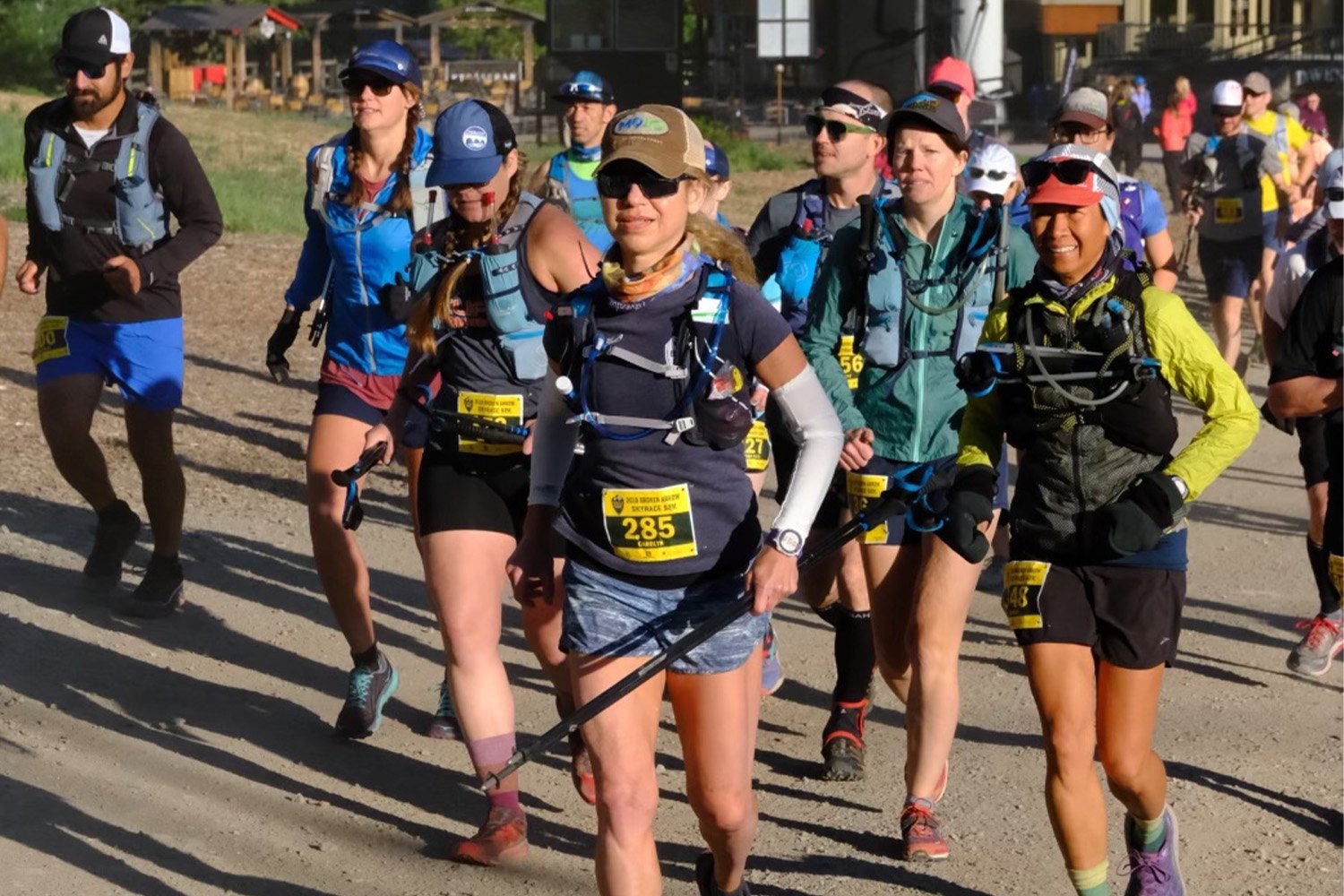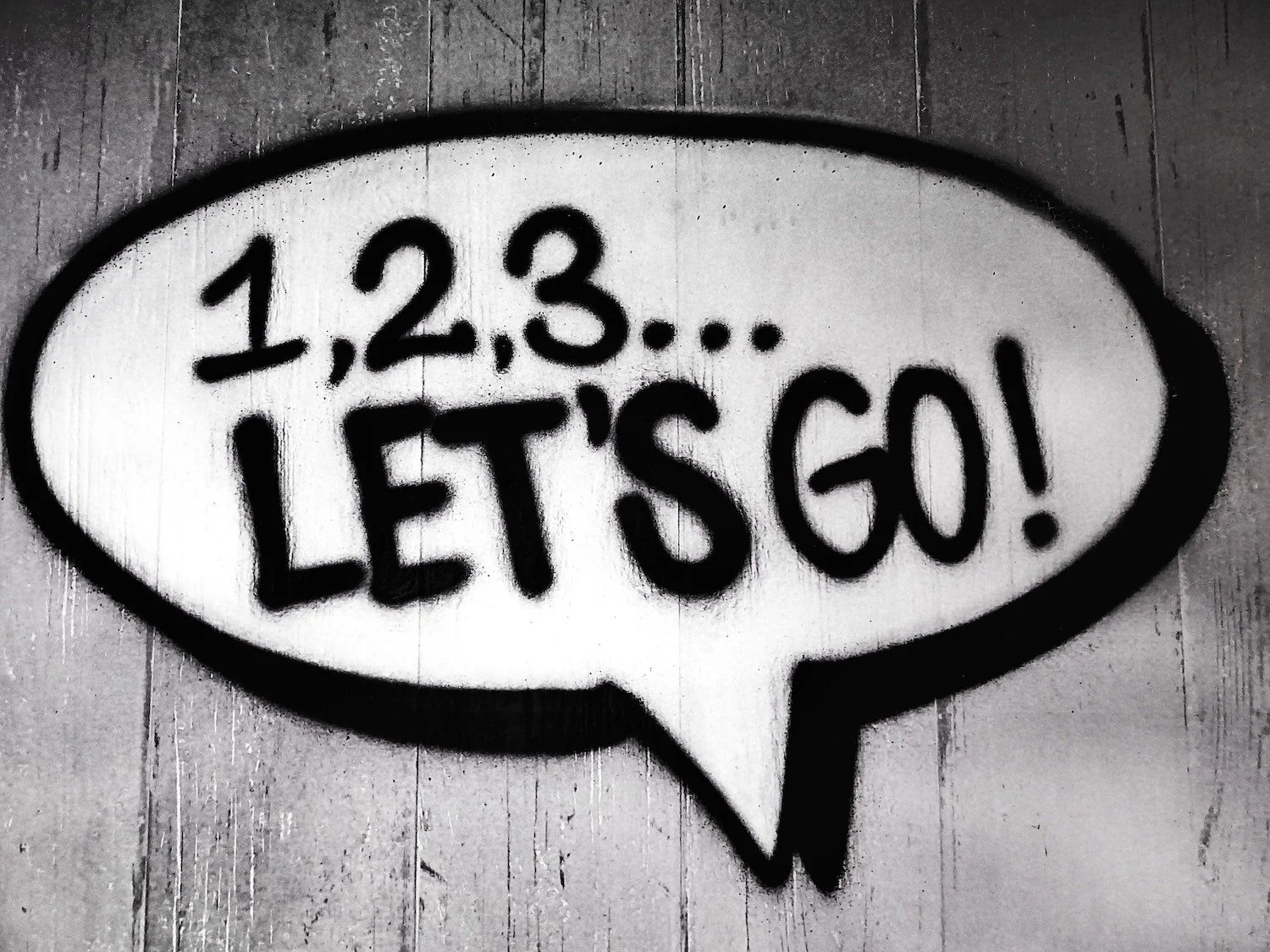What Makes Habits Stick? Cue: It’s Not Discipline
If you ask people why they want to work with a Professional Coach, one of the top three reasons they will give is to get help cultivating or stopping a habit.
Many believe that developing habits requires magic, so we constantly seek new hacks. However, our habits are simply what we consistently do.
Over time, what we do repeatedly shapes who we have become; in other words, our habits determine our identity. In F. M. Alexander’s words, "People do not decide their futures; they decide their habits, and their habits decide their futures.”
If you believe this is true, I want to help you reverse engineer your goal of creating a new habit by teaching you how to leverage your identity.
Most people believe the path toward developing new habits is through force and discipline. However, I have learned that there is a simpler, science-backed way to form habits. And although it may sound simplistic, it has been proven to work incredibly well.
Instead of solely focusing on behavior, focus on adopting the identity of the person with the desired habit.
For example, to establish a consistent exercise routine, begin by fully committing to adopting the identity of an athlete. Even if you initially feel like an imposter, refer to yourself as an athlete. Immerse yourself in knowledge about the athletic lifestyle of someone you admire, and surround yourself with other athletes.
When faced with doubt or uncertainty, ask yourself, 'What would an athlete do?' An athlete doesn't even refer to what they do as exercise. They understand the importance of moving their body often and prioritize it accordingly. They eat to fuel their activities, not to monitor their calorie intake. They dress in a way that supports their athletic lifestyle. They take recovery as seriously as their training.
An athlete doesn’t have to be held accountable or motivated to do what her identity calls for.
An important Stanford experiment shows that turnout was lower for people who were asked to vote (Behavior) than those who identified as voters (Identity).
To shift your identity, you need to work on becoming a Noun rather than solely focusing on being a Verb.
Be an Athlete rather than someone who plays pickleball.
Be a Health Nut rather than someone who is on a diet.
Be an Adventurer rather than someone who travels.
Be a Writer rather than someone who writes.
Be an Owner rather than someone who keeps her surroundings tidy.
Tell your child to be a Helper rather than ask for their help.
However, this approach only works if the identity we are trying to create is directly related to one or more of our core values.
Suppose freedom, courage, and faith are my top three core values in life. In that case, it is natural for me to want to build and invest in my identity as an athlete (which provides freedom to move), an upholder (displaying courage), and a Professional Coach (as I have deep faith in people).
I have more than one client whose top life value is integrity. Over time, they have reclaimed and sometimes recreated their identity as Truth-tellers and, in the process, have let go of the negative habits of people-pleasing and identity division.
If you have not identified your top three most important life values, you will want to start by doing so, either on your own or with a Professional Coach. From there, you can begin taking on the social role of a person who models those values. In time, for the most part, you will not need discipline or willpower because your actions align with your conscious identity.
You are no longer doing. You are being.










